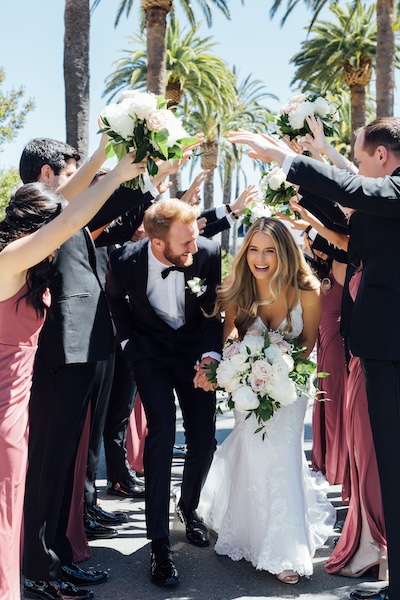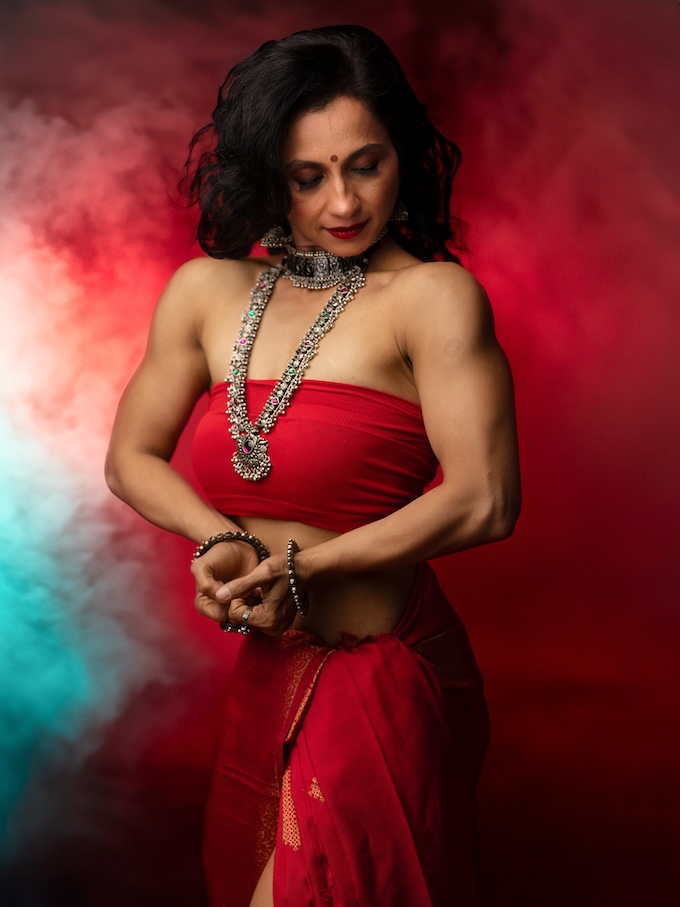Business + Marketing
Updated June 2022.
Labels. We hate them. We often say that we don’t want to be labeled. But in our instinctive need to belong, we reflexively label ourselves: Athlete. Intellectual. Artist. Traditional. Visionary. Vegetarian. Taurus. Pisces. Geek. Steampunk. Emo. Canon. Nikon. Sony. Straight. Gay. Lesbian. Non-binary.
On the Internet, we depend on labels to keep the machine moving. They’re called keywords, but they’re still labels. For instance, you might search Google for “best low-light camera” to find something that will cut you some slack during a dark wedding reception. Or you might search for “adjustable brightness LED battery-powered plastic light sword” when you need something specific for your night photography. Because if you just search for “LED light,” you’ll be there poking at your shiny iPad for the rest of eternity, sorting about a billion options. Being clear and accurate is essential to the process.
Searching for objects on the Internet is easy. But applying labels to humans makes us cringe. There’s another side to using labels for humans, though. Hipster is a label applied to a group of people who share a fashion sense, an attitude, a particular outlook. And people do use the term as a negative sometimes. But it’s also a way that people with like interests can come together and find friends who might have things in common with them. And find avocado toast.
But here’s where Internet labels become more important. Imagine you live in a small town. A town just like that Kevin Bacon movie from 1984. There are 669 churches in Yourtown, USA, population 3,337. It’s a town where preachers holler about fire and brimstone twice every Sunday and once on Wednesday. Everyone is super judgmental.

Now imagine you’re gay. Or lesbian. Or transgender. And you live in that town. You’re not planning to move (or can’t) in the near future for good reasons that are nobody’s business. Would you be lonely? Absolutely. (Welcome to my entire childhood.) How would you find someone you could connect to and feel safe with? How would you even know that you weren’t completely alone on the planet? By using the same labels that people use to disconnect you to search the Internet for people like yourself.
And that’s why I spend a significant amount of time making sure that I’m easy for LGBTQ+ people to find. I methodically label all photos and articles and even myself on my blog and website. Even though I personally loathe labels, I understand their power for bad and good. They can be hurtful, but they can also be liberating.
So how do you use labels to use to help LGBTQ+ folks find you on the Internet? Start with yourself. Put it right in your bio that you are LGBTQ-friendly. Content is king, and you want to include the terms folks are searching for in your web pages as organically as possible. This helps you in multiple ways. Search engines give greater value to organically incorporated keywords, and folks reading your bio will see that you are proud and excited to work with them. Anytime you can naturally and conversationally use a keyword in a sentence on your website, you should do so. The robots who are watching us understand more than you think they do.

However—and this is critical—never apply a label to another human being without their consent. All of us in the rainbow family are aware that there are a lot of ways to describe us these days, and the increasing number of terms can be overwhelming even to us. The best way to know how someone identifies is to simply ask. Ask them if they identify as LGBTQ+, or if they have another way they prefer to be described. Let them know why you’re asking. Some folks may not want a label at all. Always honor their wishes. Often this is as much for their safety as it is for their comfort. Never forget that we are still not safe from discrimination and outright violence when you’re working with us.
If you feel uncomfortable asking folks how they identify, work on getting over that. Take some time to learn about the LGBTQ+ community. There’s tons of information available online. You can even take online courses, like the LGBTQ+ Inclusive Certification course, created by the founders of Equally Wed. If you know better, you’ll be better. Remember, it’s easier to forgive someone who is enthusiastically trying and slips up than it is to deal with someone who can’t be bothered to try at all. Your enthusiasm is what people respond to.
After you’ve confirmed which terms the folks you photograph are comfortable with, use those terms to describe their photos. Oddly, search engines have yet to make much distinction between some of the most commonly used terms such as “LGBTQ” or “same-sex,” so you just need to choose a few umbrella terms and use those consistently. On my website, I tend to use LGBTQ most often, although many of my clients identify as queer and I frequently use that term as well. I’ve learned to stay away from the word “lesbian.” It definitely brings lots of visitors to my website, but they aren’t looking to hire a photographer.
Consistent and sensitive application of well thought-out keywords throughout your website will help you attract people who appreciate your work, but it all starts with the effort you put in to understand the needs of the people you’re trying to help. Because love is love. And if there’s one thing we need, it’s more love.

Amanda Summerlin is a super-gay Atlanta-based wedding and family photographer with a U.S. National Park photography habit that has led her to spend far too many nights sleeping in her car. In addition to being obsessed with photography, she spends enormous amounts of time tending to her organic garden and watching Netflix original series. Her ultimate life goal is to live in a van down by the river.
Related: A New Wave of Social Networks Make Diverse Photographers More Visible
“Diversity Is Not a Trend. It’s Life.”
How to Make Your Photo Business Rank First on Google
Six-Figure Wedding Photography: Making Your Website a True Reflection of Your Brand’s Spirit





